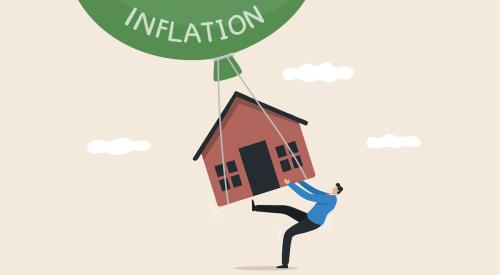The Bureau of Labor Statistics' monthly consumer price index found the cost of shelter increased 0.5% from May to June and up 2.6% compared to last year. But other reports, such as the Case-Shiller Home Price Index for April, shows home prices have increased 14.6% during the past 12 months. And the 2.6% increase in shelter costs results mainly from the price of hotel and motel stays, explains Market Watch. The consumer price index does not even consider housing units as part of the shelter category. Instead, it’s viewed as an investment and not a consumption item.
“The cost of shelter for renter-occupied housing is rent. For an owner-occupied unit, the cost of shelter is the implicit rent that owner occupants would have to pay if they were renting their homes,” the bureau adds.
The government pollsters ask homeowners: “If someone were to rent your home today, how much do you think it would rent for monthly, unfurnished and without utilities?”
And they ask renters: “What is the rental charge to your [household] for this unit including any extra charges for garage and parking facilities? Do not include direct payments by local, state or federal agencies. What period of time does this cover?”
Housing isn’t like other goods
“The rate of house price appreciation is not akin to inflation,” said Mark Fleming, chief economist at title insurance company First American Financial Services FAF.
For a start, housing is a very basic necessity. “Demand for shelter doesn’t go away — it just moves around,” Fleming said. In other words, if the price of airfares surges 2.7%, as it did over the past month, families could decide against going on that summer getaway.
That choice isn’t so simple when it comes to housing. As the cost of shelter increases it can have a “cascading effect on extremely low-income renters,” said Andrew Aurand, vice president for research at the National Low Income Housing Coalition.













